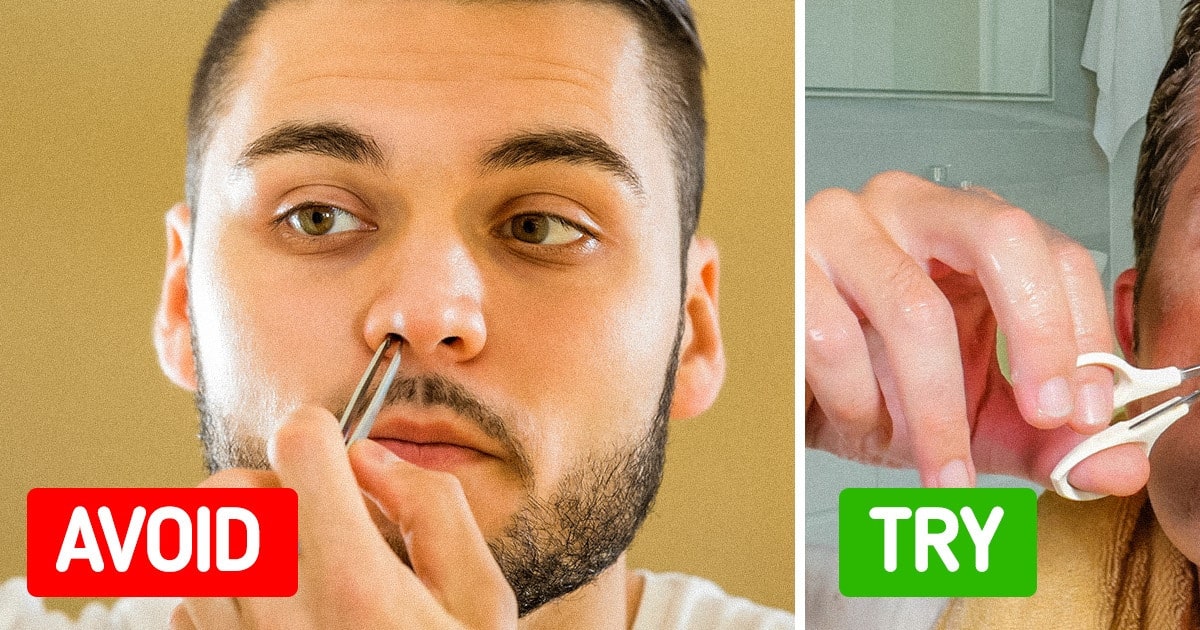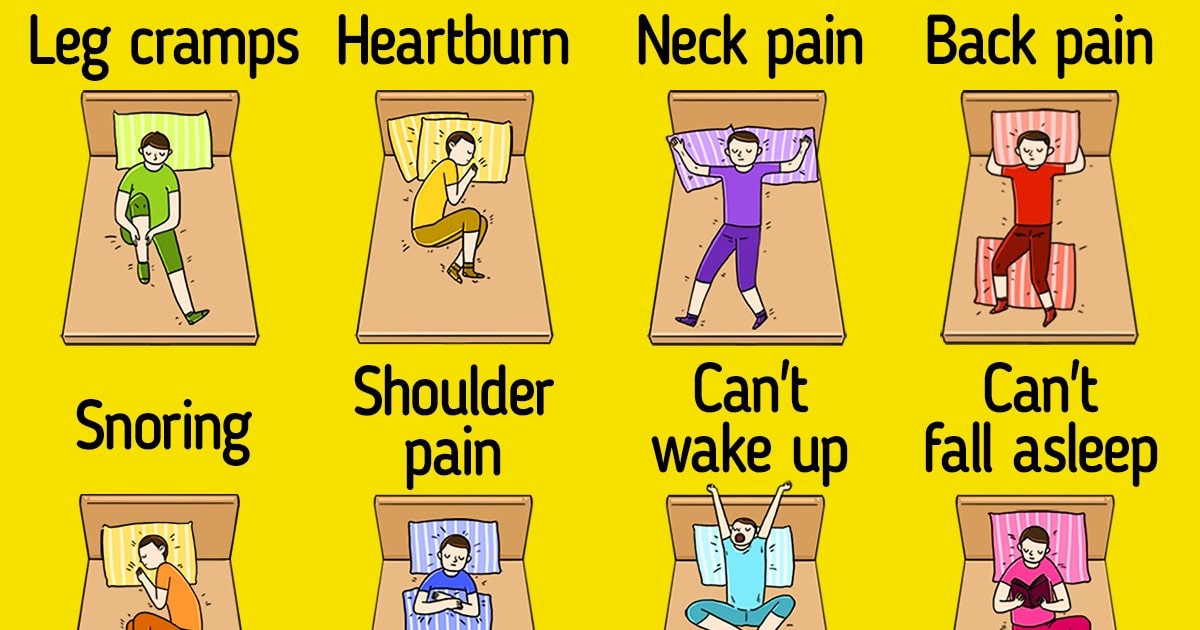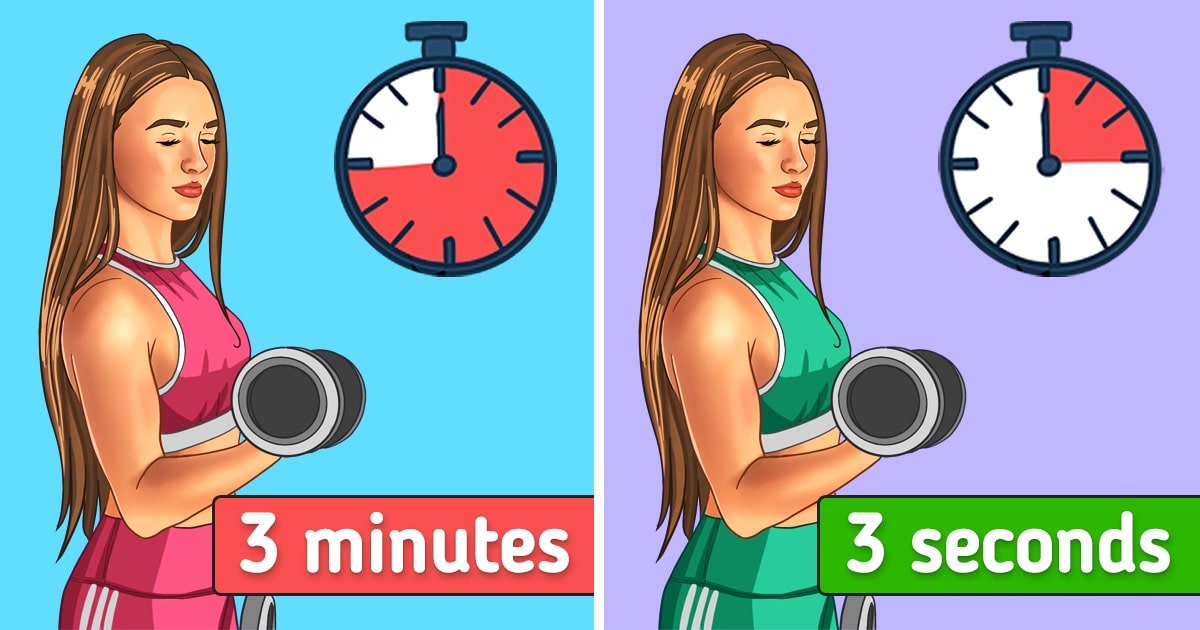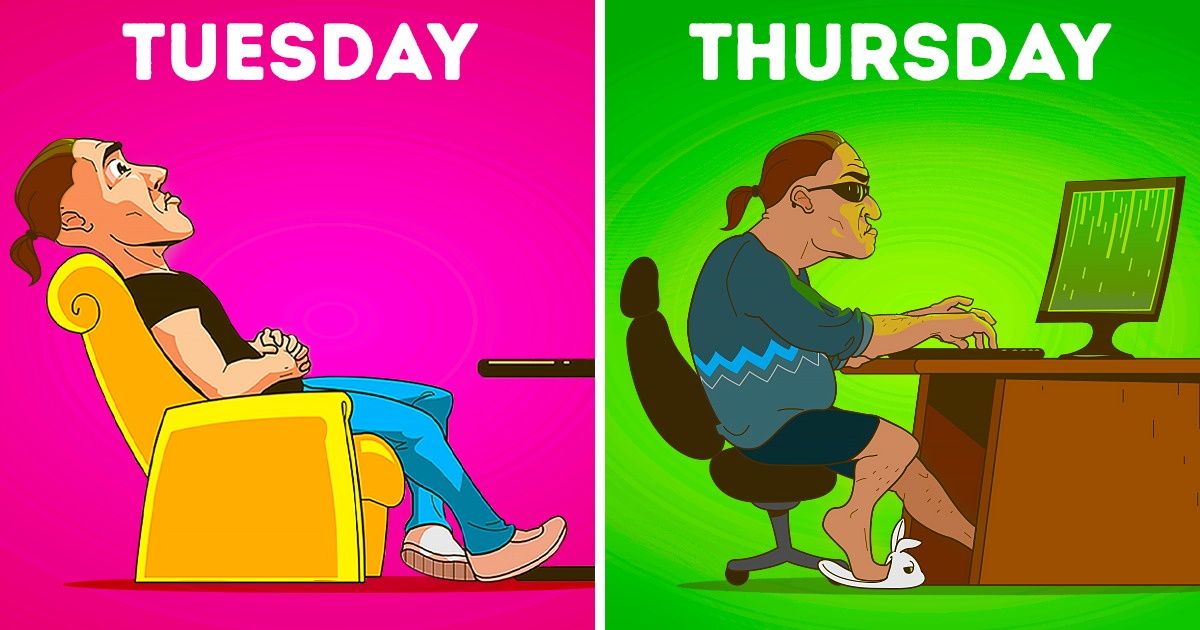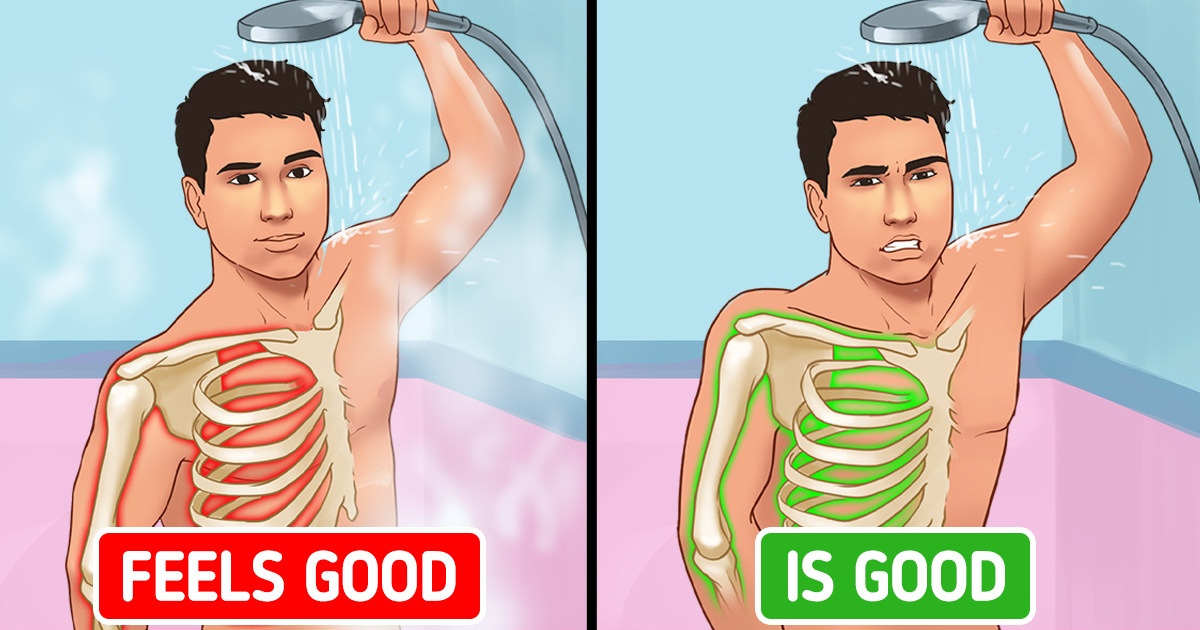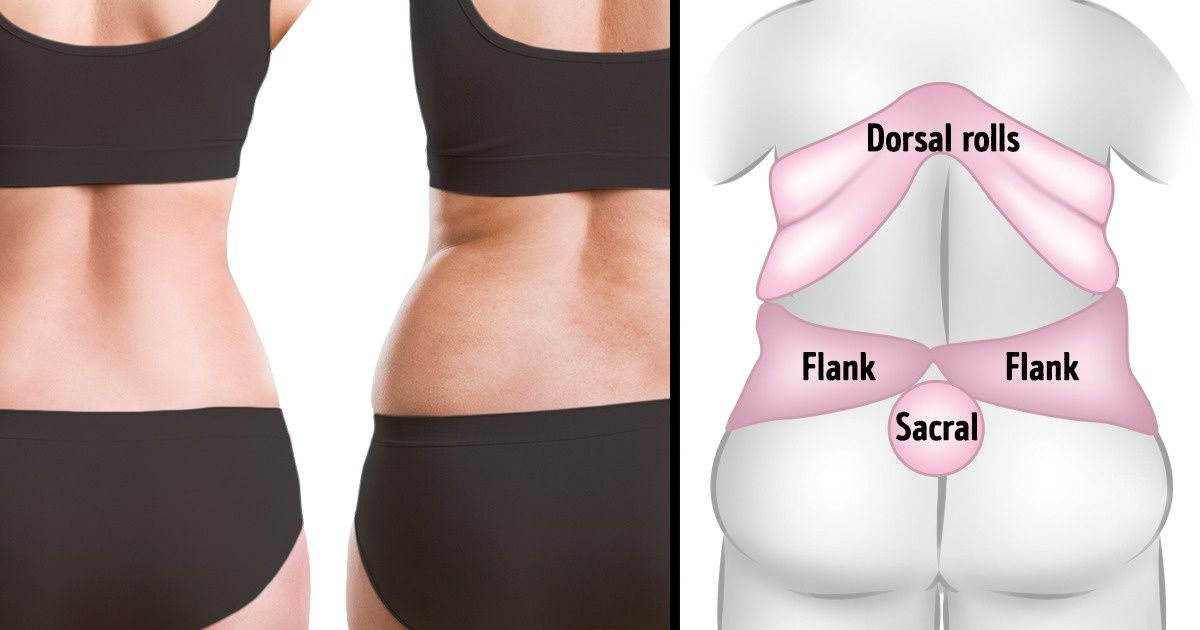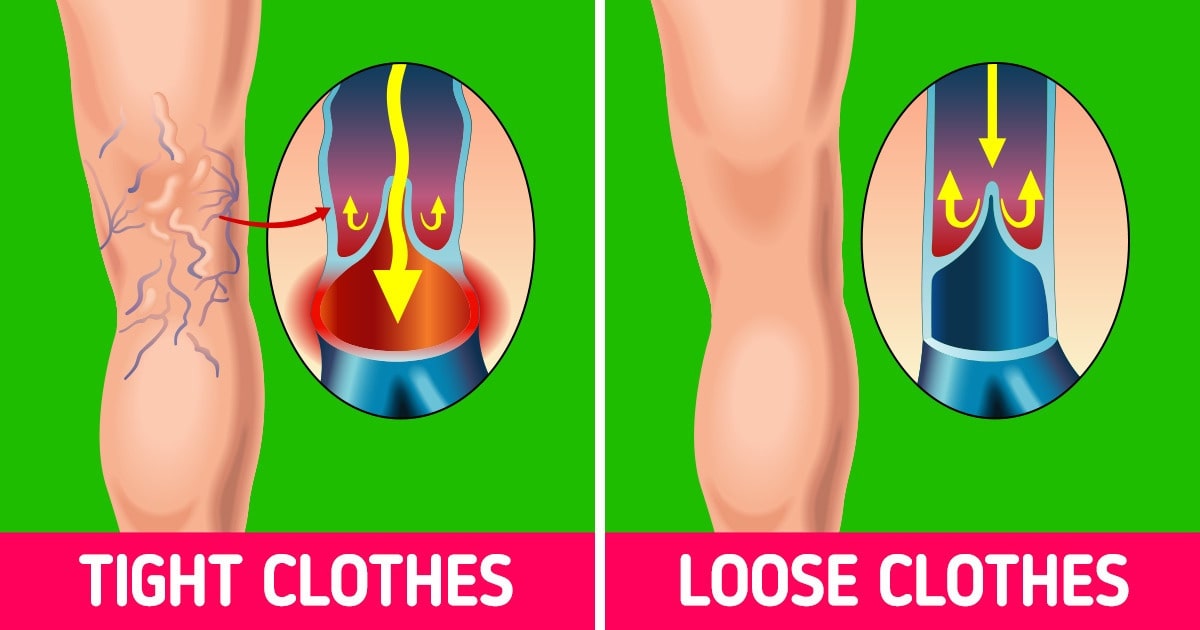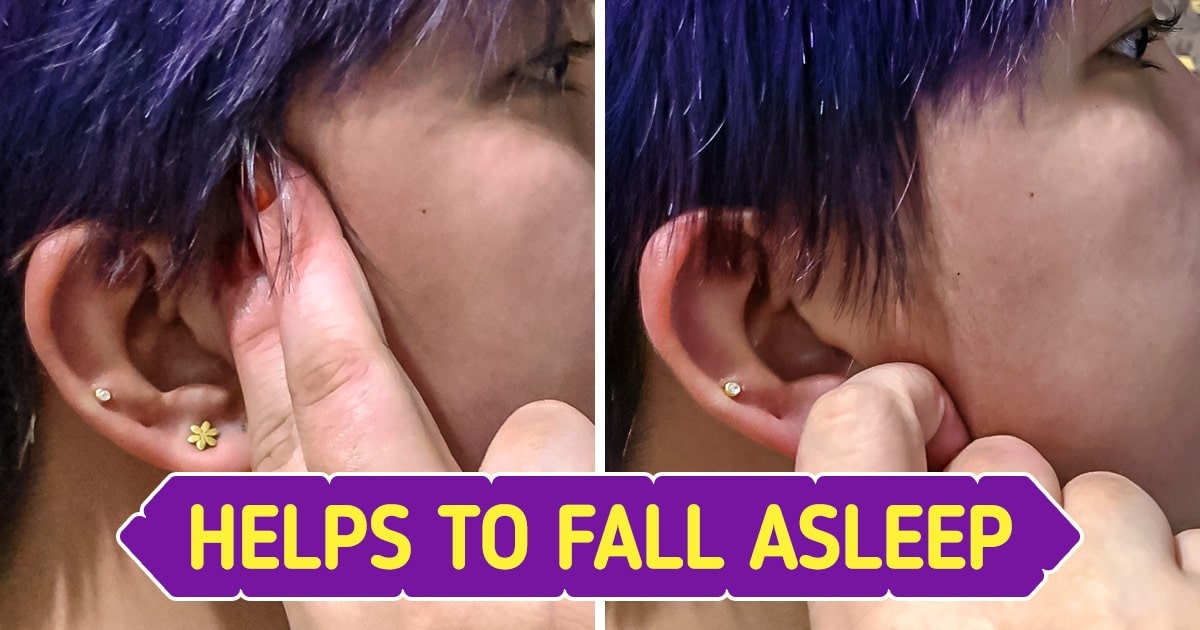In today’s screen-dominated world, digital eye strain affects 65% of adults, causing headaches, dry eyes, and blurred vision. While blue light glasses help, targeted eye exercises can strengthen ocular muscles, improve focus, and even delay age-related decline. This 2,300-word guide reveals 10 ophthalmologist-approved techniques to revitalize your eyes—no equipment needed.
Why Eye Exercises Matter: The Science Behind Stronger Vision
Studies from the American Academy of Ophthalmology confirm that consistent eye workouts can:
- Reduce dry eye syndrome by 38% through improved tear production
- Sharpen visual acuity by enhancing neural pathways to the brain
- Alleviate computer vision syndrome (CVS) in office workers
Let’s dive into the routines trusted by pilots, athletes, and optometrists.
Exercise 1: Dark Room Therapy – Restoring Night Vision & Reducing Photophobia
Targeted Benefits: Improves rod cell function (crucial for low-light vision), calms light sensitivity.
Step-by-Step Guide:
- Sit in a pitch-black room for 5 minutes daily.
- Gently rub palms together to generate heat, then cup them over closed eyes (no pressure).
- Visualize a distant horizon to engage peripheral vision receptors.
Expert Insight: A 2021 NIH study found this practice boosts melatonin production, combating screen-induced insomnia.
Exercise 2: Lateral Gaze Training – Strengthening Eye Muscles for Wider Peripheral Vision
Targeted Benefits: Enhances saccadic eye movements (critical for reading speed), reduces double vision.
Step-by-Step Guide:
- Hold a pen at arm’s length, focus on its tip.
- Slowly move it horizontally from left to right, following with your eyes (keep head still).
- Repeat for 2 minutes, then switch to vertical motions.
Pro Tip: Gamify this by watching ping-pong matches—your eyes will track the ball naturally!
Exercise 3: Vertical Focus Shifting – Preventing “Screen Stiffness” and Eye Spasms
Targeted Benefits: Lubricates dry eyes, prevents accommodative spasms (eye muscle cramps).
Step-by-Step Guide:
- Sit upright, stare at a point on the ceiling for 5 seconds.
- Shift gaze to a spot on the floor for 5 seconds.
- Cycle 10 times, blinking frequently to refresh tears.
Science Says: Research in JAMA Ophthalmology shows vertical movements increase blink rate by 70%, vital for dry eye relief.
Exercise 4: Diagonal Tracking – Enhancing Depth Perception for Driving & Sports
Targeted Benefits: Sharpens binocular vision, reduces motion sickness.
Step-by-Step Guide:
- Imagine a large “X” in front of you.
- Trace the lines from top-left to bottom-right, then top-right to bottom-left.
- Use a metronome app to pace movements (start at 40 BPM).
Real-World Use: MLB players use this drill to track fastballs—ideal for gamers and drivers!
Exercise 5: Circular Eye Rolls – Relieving Tension Headaches & Eyelid Twitching
Targeted Benefits: Releases tension in orbicularis oculi muscles (eyelid controllers), improves circulation.
Step-by-Step Guide:
- Roll eyes clockwise for 30 seconds, then counterclockwise.
- Focus on smooth, full circles (avoid jerky motions).
- Pair with lavender oil aromatherapy for migraine relief.
Caution: Skip this if you have retinal detachment risk—consult an optometrist first.
Exercise 6: Near-Far Focus Switching – Combatting Presbyopia (Age-Related Farsightedness)
Targeted Benefits: Restores accommodative flexibility, delays reading glasses dependency.
Step-by-Step Guide:
- Hold a book 12 inches away, read one paragraph.
- Immediately focus on an object 20 feet away for 10 seconds.
- Repeat 5x daily—works best near a window.
Study Spotlight: A University of California trial found this reduces presbyopia progression by 52% in adults over 40.
Exercise 7: The 20-20-20 Rule – The Gold Standard for Screen Fatigue Relief
Targeted Benefits: Prevents computer vision syndrome, reduces redness and irritation.
Step-by-Step Guide:
- Every 20 minutes, look at something 20 feet away for 20 seconds.
- Set phone reminders or use apps like Eye Care 20 20 20.
Why It Works: This resets your ciliary muscles, which overcontract during close-up work.
Exercise 8: Symbol Tracing – Boosting Concentration in ADHD & Dyslexia
Targeted Benefits: Improves visual tracking skills, aids reading comprehension.
Step-by-Step Guide:
- Print a complex maze or Arabic calligraphy sheet.
- Trace the lines with your eyes (no finger pointing!).
- Time yourself to track progress.
Expert Tip: Teachers report this improves standardized test scores in kids with learning disabilities.
Exercise 9: Acupressure Eye Massage – Instant Relief for Puffy Eyes & Sinus Pressure
Targeted Benefits: Drains lymphatic fluid, reduces dark circles.
Step-by-Step Guide:
- Press index fingers gently at inner eyebrow corners (BL-2 acupoint).
- Slide outward along brow bones to temples (GB-14 point).
- Repeat 5x, then tap under-eye area with ring fingers.
Bonus: Chill two spoons, place over eyes post-massage for a DIY spa effect!
Exercise 10: Warm Compress + Blink Drills – Healing Meibomian Gland Dysfunction
Targeted Benefits: Unclogs oil glands, prevents evaporative dry eye.
Step-by-Step Guide:
- Apply a warm compress (104°F) for 5 minutes.
- Blink forcefully 10 times to “squeeze” oils onto the eye surface.
- Follow with preservative-free artificial tears.
Medical Backing: The Tear Film & Ocular Surface Society endorses this for chronic dry eye.
Pro Tips for Maximizing Results
- Pair exercises with supplements: Omega-3s (2,000 mg/day) and lutein boost retinal health.
- Track progress: Use Snellen charts or apps like GlassesOff to measure acuity gains.
- Avoid overtraining: Limit sessions to 15 minutes/day—overuse strains muscles.
FAQs – Your Top Eye Exercise Questions, Answered
Q: Can these exercises cure astigmatism or glaucoma?
A: No—they’re preventive, not curative. Always consult a doctor for diagnosed conditions.
Q: How soon will I see results?
A: Reduced strain in 1-2 weeks; sharper vision may take 3 months.
Final Thoughts – Protect Your Window to the World
Your eyes endure 100,000+ daily movements—give them the care they deserve! Bookmark this guide, share it with screen-addicted friends, and pair exercises with annual optometrist checkups. For further reading, explore:
